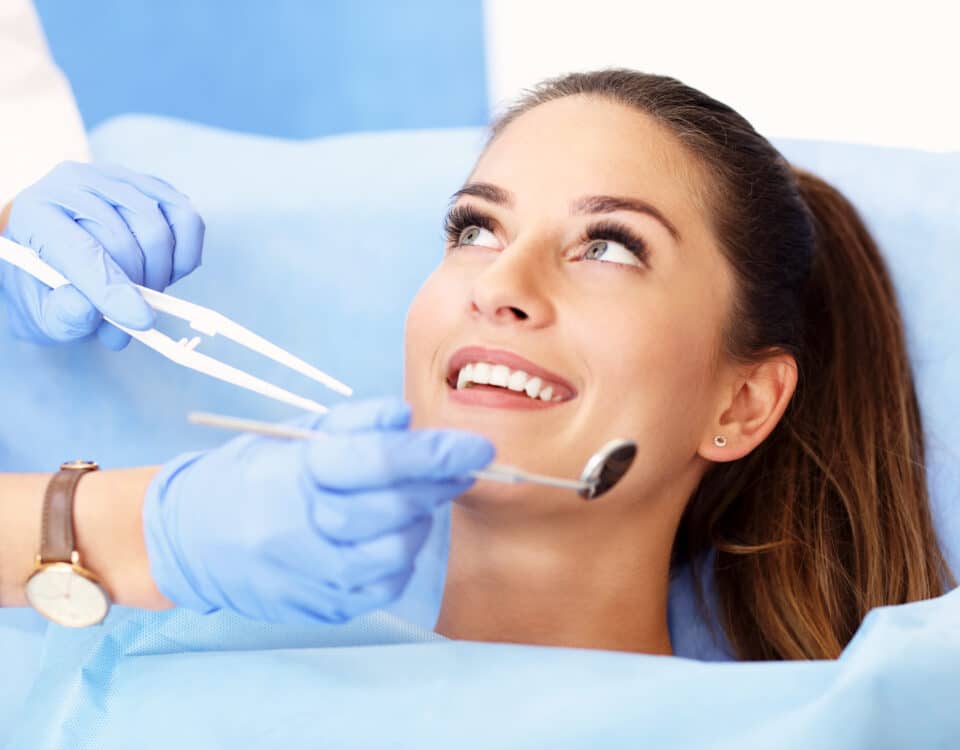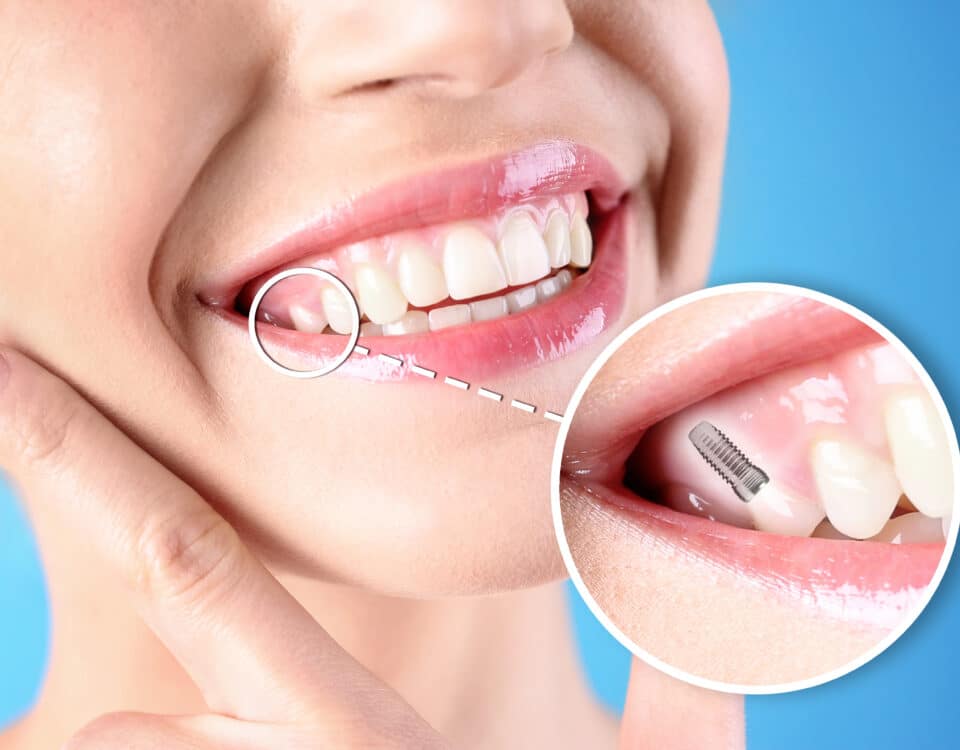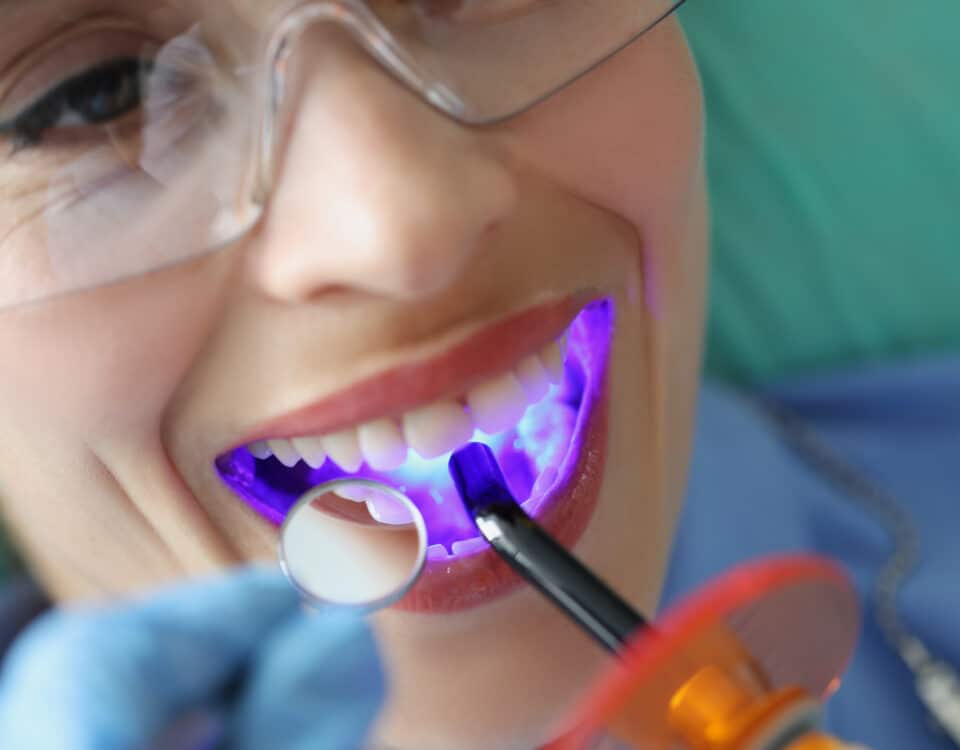Why You Need Annual Dental Visits
Give the Gift of a Better Smile
December 14, 2018Add Better Mouth Health to Your 2019 Resolutions
December 22, 2018Many dental problems happen under the surface without you knowing. It’s how you can have tooth decay even if your teeth look fine. Annual dental visits can provide you with comprehensive exams, dental cleanings and oral cancer screenings that you simply can’t do on your own. These dental visits help detect decay, gum issues and signs of cancer that just may very well save your life.
Healthy Home Habits
Studies show that your oral health can affect your overall health. When you have chronic conditions, they can make infections more likely in your teeth and gums. Having infections in those areas can worsen chronic conditions. Instead of only taking care of your overall health, make sure you take measures with oral hygiene such as:
- Brushing. You should have a quality toothbrush that fits the size of your mouth. Make sure that toothbrush is switched out every 3 months or when the bristles become frayed. The American Dental Association recommends brushing your teeth at least twice a day. Brush for 2 minutes every time, especially before bed. Wet your toothbrush and use fluoride toothpaste (which helps prevent decay). Make sure you scrub all tooth surfaces. Brush in all different directions, and brush at 45-degree angles at the gum line to clean away irritating plaque.
- Flossing. Too many people skip flossing, when it gets about 40% of your tooth surfaces clean. Flossing should be done 1-2 times a day (at least). You can do it both before or after brushing, but it can be most effective after brushing. Get about 18 inches of new floss so you have several inches for every couple of teeth. Wind the floss around either your pointer or middle fingers on each hand, leaving 2-3 inches of space to use for flossing. Pull the floss tight and floss between each tooth, getting up into the gum line (triangle area of gum tissue between teeth). Scrape the teeth as you go to remove stuck-on plaque.
- Use mouthwash to kill mouth bacteria that would lead to plaque and decay. Fluoride treatments and fluoride toothpaste can help prevent decay and makes the teeth stronger against bacteria. A Waterpik tool and proxabrush can help with oral hygiene during braces.
Comprehensive Exams
The ADA recommends that every person—from infant to the elderly—visit the dentist at least twice a year. These appointments are so important as they are the only times when a patient’s teeth and gums can be examined thoroughly. Only a dentist is trained to find the presence of gum disease, oral cancer, tooth decay and oral health diseases. At these biannual exams, we take dental x-rays to get a look at your bite and alignment. Laser dentistry wands and various imaging tests can find both surface tooth decay and the exact size and shape of internal cavities.
The dentist will check your mouth for signs of oral cancer and will do an examination of your neck and all the mouth tissues. We can examine the color and health of the gums to determine if gums are receding and what is causing that recession. Your exam will come after your teeth have been professional cleaned. After reviewing your radiographs, Dr. Varley uses a metal probe and mirror to look for signs of disease or decay. He uses tools to measure your gingival pockets and does small exercises to test how your upper and lower teeth come together.
With biannual dental visits, you significantly reduce your risk for oral health diseases. With proper dental work or oral hygiene changes, we can reverse damage from these diseases. Problems with clenching, grinding the teeth, temporomandibular joint disorder, sleep apnea and more can also be detected during dental visits.
Dental Cleanings
No exam is complete without the dental cleaning, as this is the first stem in your comprehensive appointment. You will receive a thorough cleaning of your teeth, gums and mouth by a dental hygienist at your appointment. This involves brushing the teeth, buffing them and polishing them. When tart is present, dental tools are used to remove the tartar and plaque buildup. We will floss between each tooth several times. Your cleaning is about 30 minutes of deep brushing and flossing to the teeth, followed by a fluoride treatment to strengthen your tooth enamel. If gum disease is present, we do a deeper cleaning of the gums and the gingival pockets that hold bacteria.
We can see the signs of oral hygiene issues while cleaning your teeth. The exam will show us the signs of tooth decay and gum disease. The dental cleaning will show areas where you aren’t taking as good of care of your teeth and gums through oral hygiene. If you’re not flossing enough (or at all) we can tell by how your gums bleed. Tartar buildup—which is hardened plaque—will show that you don’t brush enough. Receding gums will show the same as well as plaque and food particles caked on the teeth. Proper oral hygiene can prevent this as well as oral cysts, sores, bacterial pockets in the gums, tooth loss and gum recession.
Start Now with Better Oral Hygiene
It is never too late to make a change to your oral hygiene routine. If you have chronic tooth decay or gum disease, you can still make changes to your life and your oral health by implementing the few habits like brushing, flossing and dental visits. For scheduling your dental visits, call Stonebrook Family Dental at (303) 872-7907!





